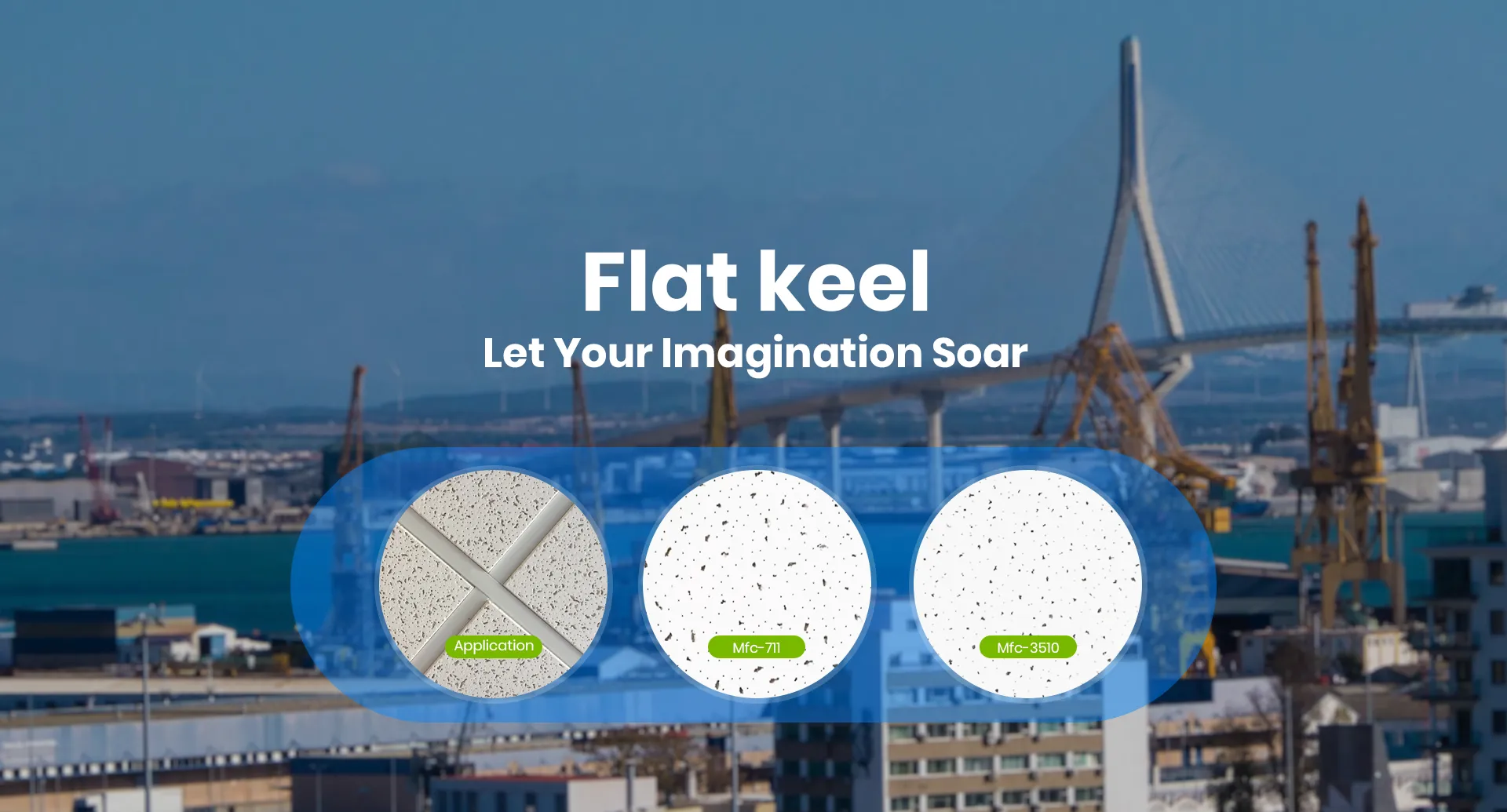Nov . 17, 2024 18:03 Back to list
suspended ceiling hatch
The Importance and Functionality of Suspended Ceiling Hatches
Suspended ceiling hatches are an essential yet often overlooked component in modern architectural design, providing both practicality and accessibility to building infrastructures. These hatches are integrated into suspended ceiling systems, allowing for seamless access to mechanical, electrical, and plumbing (MEP) systems hidden above the ceiling tiles. Understanding their functionality, types, and installation can prove beneficial for architects, builders, and facility managers alike.
Understanding Suspended Ceilings
Suspended ceilings, also known as drop ceilings or false ceilings, consist of a grid system that supports lightweight ceiling tiles. This design not only enhances the aesthetic appeal of a space but also conceals critical systems such as ductwork, wiring, and plumbing. However, the challenge arises when maintenance or inspection of these systems is required, prompting the need for convenient access points.
What is a Suspended Ceiling Hatch?
A suspended ceiling hatch is an access door fitted into the ceiling grid, allowing personnel to reach the space above the ceiling quickly and efficiently. These hatches come in various sizes and designs, tailored to fit specific needs, be it for large-scale industrial environments or smaller commercial settings. They are commonly constructed from materials like aluminum, steel, or PVC, offering durability and ease of maintenance.
Types of Suspended Ceiling Hatches
There are several types of suspended ceiling hatches, each designed for different applications
1. Standard Access Hatches These are the most common types, offering a practical solution for routine access to MEP systems. They provide a simple, flush design that blends seamlessly with the ceiling.
2. Fire-Rated Hatches In areas where fire safety regulations are stringent, fire-rated hatches are necessary. These hatches are designed to resist fire for a specified duration, ensuring that they do not compromise the building's safety during a fire incident.
3. Security Access Hatches These hatches come with locks and reinforced materials, making them suitable for applications where security is a concern, such as in schools or government buildings.
4. Insulated Hatches Designed for environments requiring temperature control, insulated hatches help maintain energy efficiency by minimizing heat transfer.
suspended ceiling hatch

5. Heavy-Duty Hatches For industrial applications where larger equipment or heavier tools are accessed, heavy-duty hatches are available. These hatches can support significant weight and are built to withstand the rigors of a busy workspace.
Installation Considerations
Installing a suspended ceiling hatch requires careful consideration of several factors. Firstly, the location should be selected based on accessibility needs; strategic placement ensures that maintenance staff can reach services quickly without disrupting the workspace below. Additionally, proper measurements must be taken to ensure the hatch fits snugly within the ceiling grid.
The installation process typically involves
1. Cutting the Ceiling Tiles A precise cut must be made in the ceiling tiles to accommodate the hatch. This requires careful measurement and adherence to safety protocols.
2. Reinforcing the Frame The hatch’s metal frame must be secured to the ceiling grid. This often involves additional support to maintain stability and strength.
3. Attaching the Hatch The hatch door is attached to the frame, ensuring that it opens and closes smoothly. Proper alignment is crucial to prevent unwanted gaps that could affect airflow or allow for debris entry.
The Benefits of Using Suspended Ceiling Hatches
The installation of suspended ceiling hatches offers numerous benefits. They enhance maintenance efficiency, allowing quick access to essential systems without the need for extensive disassembly of ceiling structures. This not only reduces labor costs but also minimizes downtime for building operations.
Moreover, the aesthetic advantage of hatches that blend seamlessly into suspended ceilings cannot be understated. They maintain the visual appeal of a space while providing crucial access points. Furthermore, the variety of options available ensures that there is a solution for every environment, contributing to building safety and functionality.
Conclusion
In summary, suspended ceiling hatches serve as vital components in contemporary building design. Their practicality in providing access to MEP systems, combined with various designs tailored to meet specific needs, makes them an indispensable part of modern architecture. As building codes evolve and the emphasis on accessibility and safety intensifies, the significance of suspended ceiling hatches will only continue to grow. Building professionals should prioritize their integration to efficiently manage the complexities of modern building maintenance while ensuring safety and aesthetics are not compromised.
-
Durable Ceiling T Grid Systems | Easy InstallationNewsAug.29,2025
-
PVC Gypsum Ceiling: Durable, Laminated Tiles for Modern SpacesNewsAug.28,2025
-
Pvc Gypsum Ceiling Is DurableNewsAug.21,2025
-
Mineral Fiber Board Is DurableNewsAug.21,2025
-
Ceiling Tile Clip Reusable DesignNewsAug.21,2025
-
Ceiling T Grid Modular DesignNewsAug.21,2025







